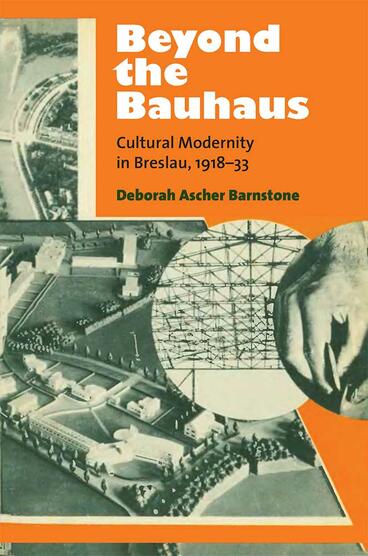Beyond the Bauhaus
Cultural Modernity in Breslau, 1918-33
Reclaims the essential role that the city of Breslau played in the origins of aesthetic modernism in the Weimar era
Description
Although the Breslau arts scene was one of the most vibrant in all of Weimar-era Germany, it has largely disappeared from memory. Studies of the influence of Weimar culture on modernism have focused almost exclusively on Berlin and the Dessau Bauhaus, yet the advances that occurred in Breslau affected nearly every intellectual field, forming the basis for aesthetic modernism internationally and having an enduring impact on visual art and architecture. Breslau boasted a thriving modern arts scene and one of the premier German arts academies of the day until the Nazis began their assault on so-called degenerate art. This book charts the cultural production of Breslau-based artists, architects, art collectors, urban designers, and arts educators who operated in the margins of Weimar-era cultural debates. Rather than accepting the radical position of the German avant-garde or the reactionary position of German conservatives, many Breslauers sought a middle ground.
This richly illustrated volume is the first book in English to address this history, constituting an invaluable addition to the literature on the Weimar period. Its readership includes scholars of German history, art, architecture, urban design, planning, collecting, and exhibition history; of the avant-garde, and of the development of arts academies and arts pedagogy.
Deborah Ascher Barnstone is Professor of Architecture at the University of Technology, Sydney.
Reviews
“Our lack of understanding of the cultural landscape of Breslau and its relationship to other key institutions and ideas of the Weimar Republic means that we’ve missed a large part of the story of Weimar visual culture and politics. Beyond the Bauhaus enables scholars of German studies, art history, and architectural history to fill this gap.”
—Elizabeth Otto, University of Buffalo

